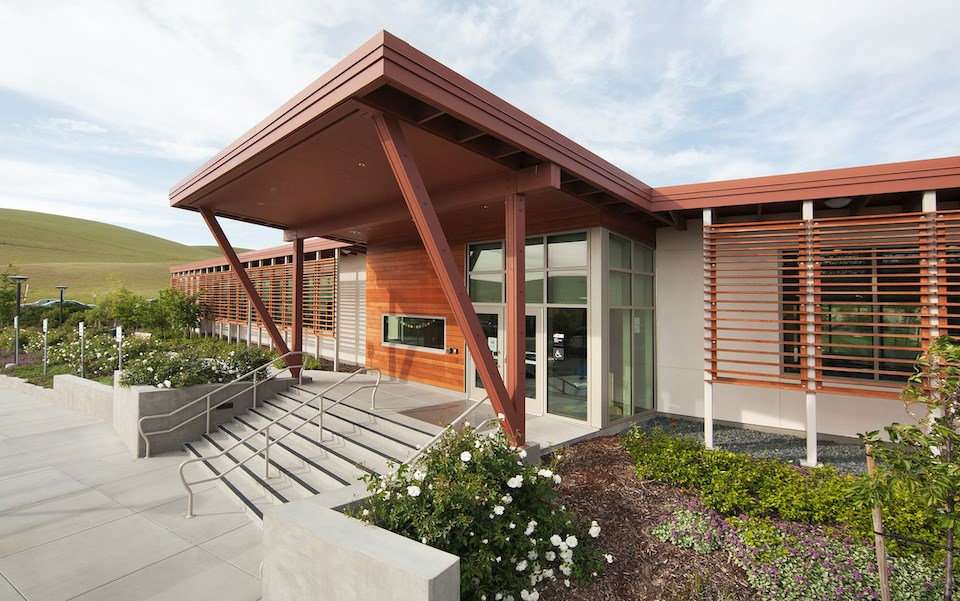If I asked you to picture common sources of carbon emissions, you might picture a gas-guzzling car. Or maybe you’d think of an industrial plant pumping tonnes of pollutants into the air. You likely would not think of a condo.
But the truth is, buildings, especially older ones, are dirty emitters. The building sector is Canada’s third-greatest emitter of greenhouse gas (GHG). That translates to 13 to 18 per cent of Canada’s emissions, if electricity-related emissions are factored in. The majority of those emissions result from space and water heating needs.
Trends in construction now lean towards “green” builds, those that are climate resilient, energy-saving, and favour eco-conscious design. The reusing of building materials is taking precedence over discarding construction debris. And it’s not just for homes and offices either; sports stadia are also in lockstep with the green kick.
Let’s take a look at some of the ways buildings can reduce emissions. I will showcase some Vancouver examples to contextualize things for you.
First off, a definition. A green building is one that has no negative environmental impact, or at least, one which reduces that harm. These buildings consider the environmental imprint for the duration of a building’s life cycle, promote good health for its residents, and centre on efficiency and sustainability. For a brief on the differences between green and sustainable building practices, check out this handy explainer.
Leading the way in the green design revolution is something called Leadership in Energy and Environmental Design (LEED), a global rating system for energy efficiency in green buildings.
A US study determined that LEED practices in construction “produced 50 [per cent] less GHGs due to water consumption than baseline buildings, 48 [per cent] less due to solid waste management, and [five per cent] less due to transportation.” No wonder then the City of Vancouver is committed to LEED, having been accredited with the highest standard of any municipality in Canada. All new municipal buildings in Vancouver must meet LEED standards going forward.
To see what LEED standards mean in practice, go visit the VanDusen Botanical Garden Visitors Centre, where solar power controls the water and electric needs. Or take a trip to Sunset Community Centre and behold its geothermal heating and cooling, draft-prevention glazing, and dual-flush toilets.
All City facilities are, or have, been upgraded to LEED standards. At City Hall alone, the savings include but are not limited to, 16,122 m3 of water and 319 tonnes of carbon dioxide. Now, imagine how much that would add up to including every municipality in every province, from coast to coast, with sixteen million homes and 482,000 commercial and public buildings in the country. If they all followed green principles or were retrofitted to emit less, Canada’s climate goals could be easily met.
UBC tops the LEEDer board with no fewer than 31 high-standard buildings on their campuses. As an early adopter, the university decided in 2008 that all future buildings and renovations must meet LEEDs standards,
Condo construction is the best example of how buildings can be made with the idea of limiting, even eliminating, GHG emissions. Condos are leaders in solar power usage, debris repurposing, water conservation, and energy retrofitting for older builds. Research by a firm suggests that without modifications, older condos and other existing buildings will continue to pump out GHG long into the future, putting the Paris Agreement’s objectives of 1.5 degrees in jeopardy.
How buildings use energy is critical to reaching net-zero by 2050. LEED is a valiant step in that direction. But unless it is applied to the building sector throughout Canada, it could be another opportunity squandered.



